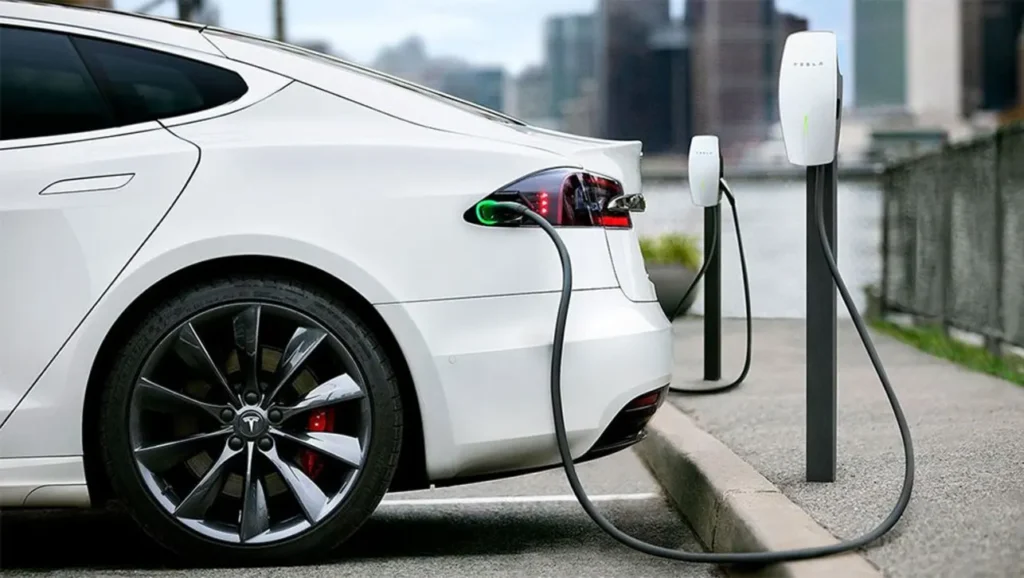Update on Indian Government Policy
As per ET Energy world.com news a significant Government policy development aimed at boosting energy storage and ensuring grid stability, the Indian government is reportedly considering a mandate requiring all new renewable energy projects to include at least 10% battery storage capacity. This move is part of the country’s broader push to integrate higher volumes of renewable energy into its power grid while addressing challenges such as intermittency and reliability.
The proposed mandate, which would apply to new solar, wind, and hybrid projects, is expected to encourage the development of large-scale battery storage systems, helping stabilize the grid and ensuring a steady supply of power.
India has set ambitious renewable energy targets, aiming to achieve 500 GW of non-fossil fuel-based capacity by 2030. However, the integration of renewable energy sources, particularly solar and wind, presents challenges due to their variable nature. Battery storage systems are seen as a key solution to store excess energy during peak generation periods and release it when demand is high or when generation is low.
Driving Battery Storage Adoption
The 10% battery storage requirement is likely to spur significant investment in India’s nascent energy storage sector. It would also reduce reliance on conventional power sources for grid balancing, paving the way for a greener and more resilient energy ecosystem. Industry experts believe the move will drive technological advancements and economies of scale in battery manufacturing, potentially lowering costs for developers over time.
Challenges for Developers
While the mandate could transform the renewable energy landscape, it also poses challenges for developers. The initial cost of battery storage systems remains high, potentially increasing the capital expenditure for renewable energy projects. Developers may require government support in the form of subsidies, tax incentives, or concessional financing to implement battery storage systems without significant financial strain.
Government Policy Support and Implementation
The government is expected to consult stakeholders, including renewable energy developers, battery manufacturers, and grid operators, before finalizing the policy. Supportive measures, such as incentives for domestic battery manufacturing under the Production Linked Incentive (PLI) scheme, are likely to complement this mandate
Impact on India’s Renewable Energy Goals
If implemented, the 10% battery storage mandate could mark a turning point in India’s energy transition journey. It would not only improve grid reliability but also enhance the country’s ability to achieve its renewable energy goals, contributing to global climate action efforts.
As the world shifts towards sustainable energy solutions, Indian Government Policy push for integrated battery storage underscores its commitment to leading the clean energy revolution. Further details on the mandate’s rollout and its implications for the renewable energy sector are expected in the coming months.
Read more about EV Giants BYD and Tesla comparison of business model and technologies here.


